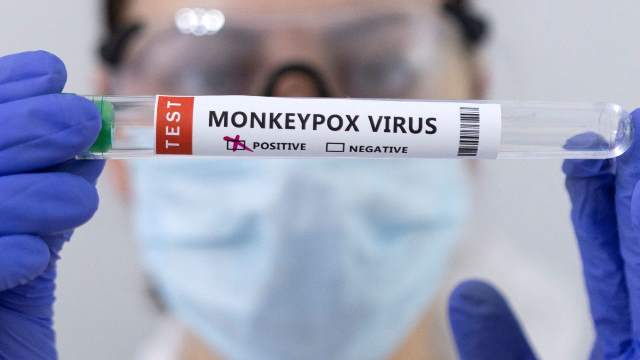
Local health authorities are preparing to address any possible case of Monkey Pox in Guyana, Minister of Health Dr. Frank Anthony said as he gave a global approximation of infected people.
“It’s about 1,900 cases that were found globally, and if you look at those numbers and the world’s population is a relatively small amount of people,” he said.
But despite the low numbers, the ministry of health is not taking chances.

“What we have been doing is to make sure that our physicians are able to recognise signs and symptoms of monkey pox, they know how to treat and therefore we want to equip our healthcare system in case we have any cases here, that we will first of all be able to detect it and to be able to treat it,” Dr. Anthony said.
The ministry is training laboratory staff, and one of the local staff members is engaged in a training being conducted by the Pan American Health Organisation (PAHO) for the Caribbean region.
“So, we are equipping the system to ensure that we can detect any cases if ever that happens,” Dr. Anthony said.
Dr. Anthony opined that increased surveillance systems around the world may be the reason the disease was detected.
“Monkey pox is nothing new you know. The first-time monkey pox was detected was in 1958 and every year you would normally get cases. This is the first time we have seen so many cases outside of the endemic zone, meaning outside of Central and Western Africa, and I think the reason why we have picked that up is because you have heightened surveillance with the Covid systems that were put in place,” the health minister said.
Dr. Anthony had noted previously that symptoms of the disease can appear about five days after a person is infected, and are similar to small pox. The virus is not only spread through contact with monkeys, but rodents and from infected persons.
According to the United States’ Center for Disease Control, the first human case of monkey pox was recorded in 1970. Since then, monkey pox has been reported in people in several other central and western African countries. Prior to the 2022 outbreak, nearly all monkeypox cases in people outside of Africa were linked to international travel to countries where the disease commonly occurs, or through imported animals.

